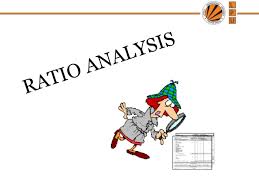The primary uses of financial statements are evaluating past performance and predicting future performance and both of these are facilitated by comparison.Therefore the focus of financial analysis is always on the crucial information contained in the financial statement.This depends on the objectives and purpose of such analysis
The purpose of evaluating such financial statements is different from person to person depending on its relationship.In other words even though the business unit itself and shareholders, debenture holders, investors etc. all undertakes the financial analysis , the purpose,means and the extent of such analysis differs.
For example , the trade creditors may be interested primarily in the liquidity of a firm because the ability of the firm to pay their claims are best judged by means of a thorough analysis of its liquidity.
The financial analysis always need certain yardsticks to evaluate the efficiency and performance of any business unit.The one of the most used tool is Ratio Analysis.Ratio analysis involves the use of various methods for calculating and interpreting financial ratios to access the performance and status of the business unit.
However,it must be noted that ratio analysis merely highlights the potential areas of concern or areas needing immediate attention but it does not come out with the conclusion as regards causes of such deviations from the norm.
Ratio analysis is the systematic process of determining and interpreting the numerical relationship of various pairs of the items derived from the financial statements of a business.
Ratios are considered as one of the useful aids available to the management in assessing the position and drawing conclusions regarding operational efficiency and financial status of business .But a ratio is only an aid and should be used in conclusion with other information.Again, a single ratio may present a picture leading to wrong conclusion.
Click here for government certification in Accounting, Banking & Finance





2 Comments. Leave new
great work
Well explained